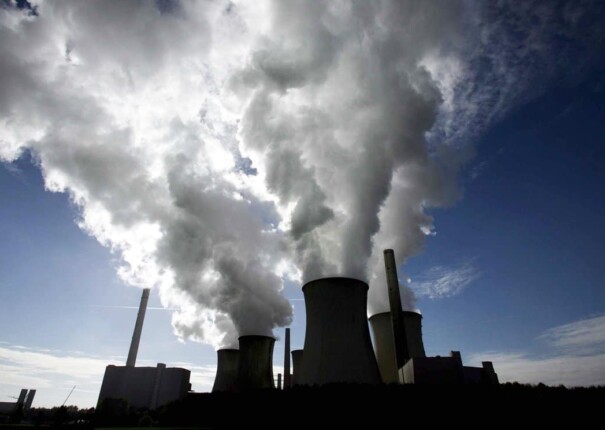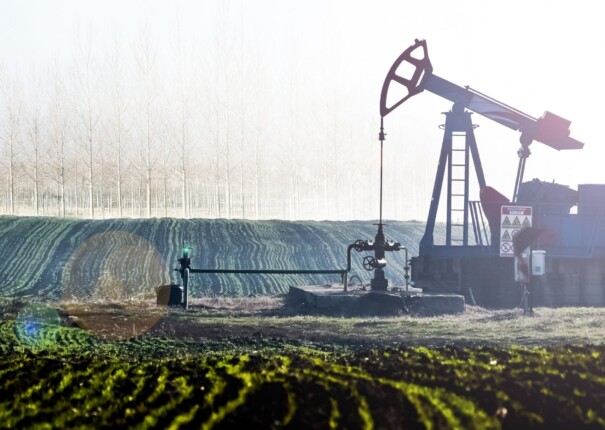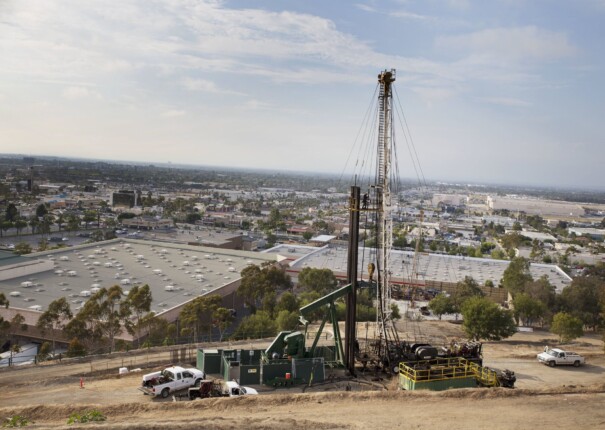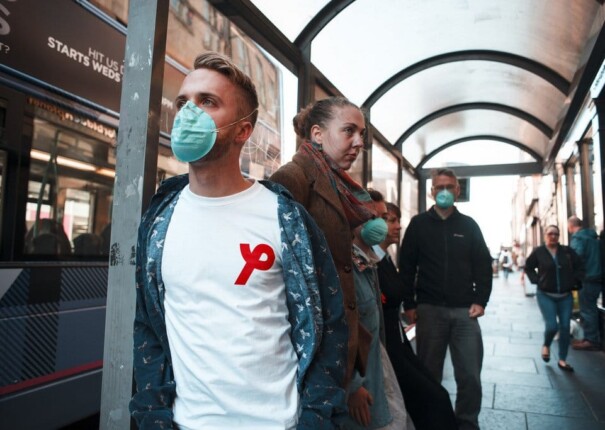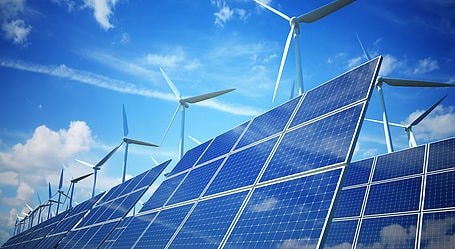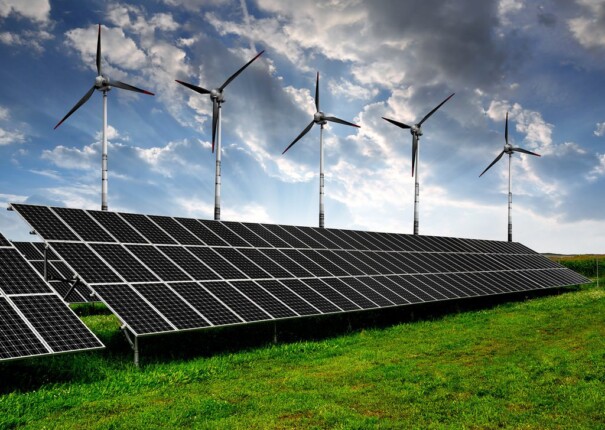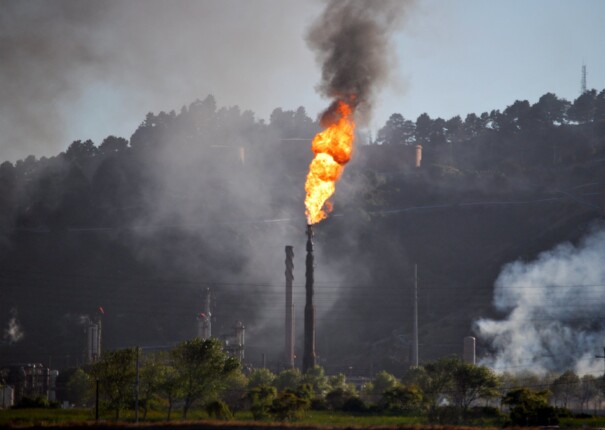Methane levels reach an all-time high
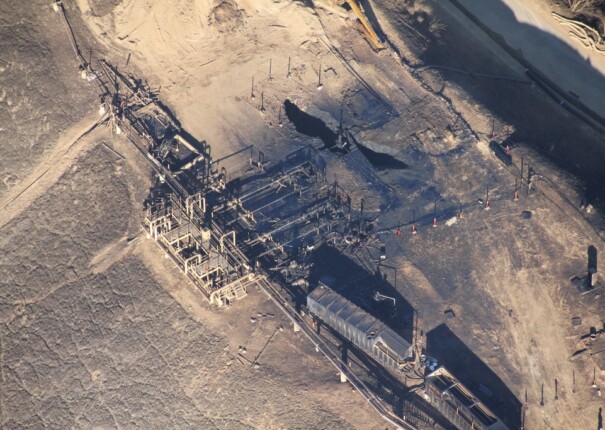
By Jeremy Deaton, Nexus Media Highlights The National Oceanic and Atmospheric Administration (NOAA) found that the greenhouse gas methane has reached all-time high levels in the atmosphere, threatening Paris Agreement climate goals. Methane is about 80 times more potent than CO2 and has been increasing its presence in the atmosphere for the last 20 years … Read more

